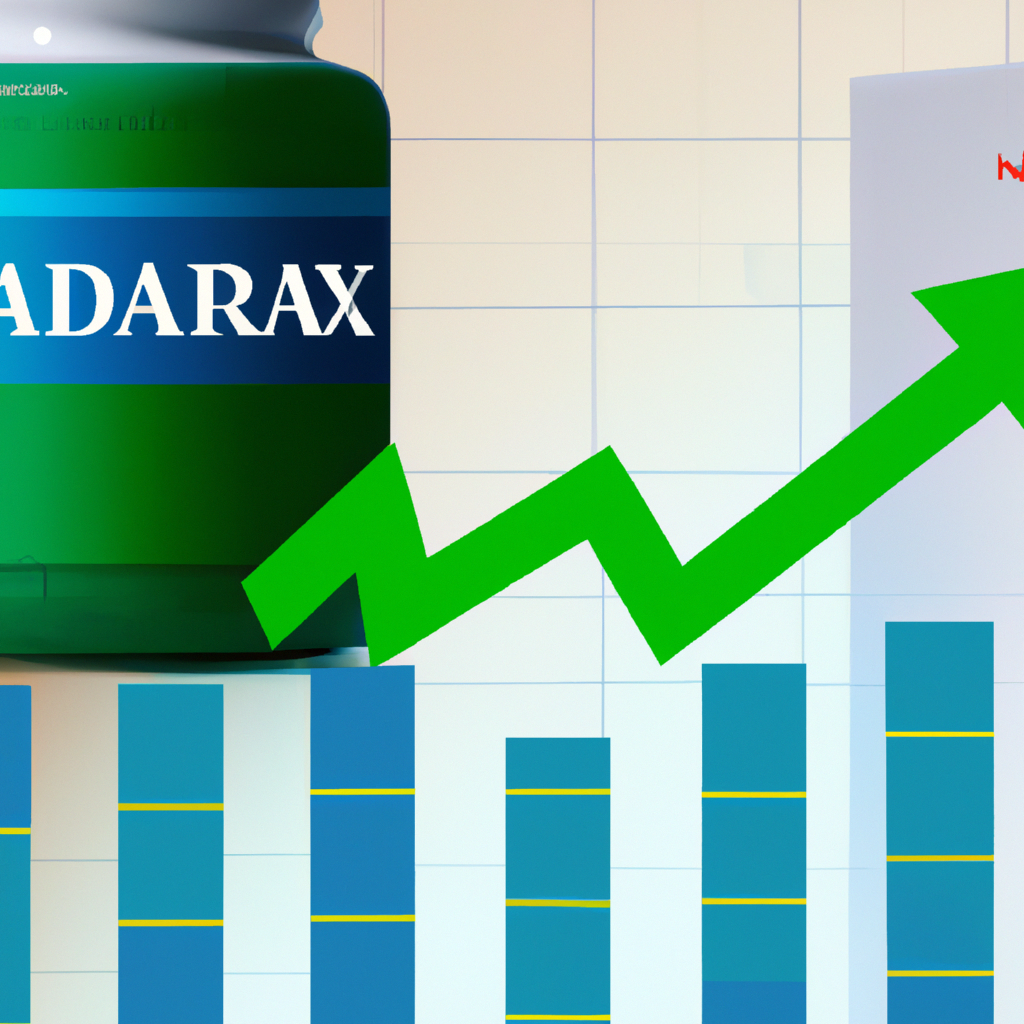Johnson & Johnson’s impressive sales of its leading cancer medication Darzalex helped to counterbalance the decline in sales of its other medications, allowing the company to surpass Wall Street’s projections.
According to the company’s report on Wednesday, its sales in the second quarter rose by 4.3% to $22.4 billion, exceeding the Wall Street forecast of $22.3 billion as per FactSet’s consensus estimate.
The increase in sales was significantly driven by the strong performance of Darzalex, a treatment for multiple myeloma. Sales of Darzalex jumped 18% year over year to $2.87 billion in the second quarter, compared to $2.4 billion in the same period last year.
Darzalex nearly caught up with Johnson & Johnson’s top-selling drug Stelara, which is used for conditions like Crohn’s disease, ulcerative colitis, and plaque psoriasis. Stelara’s sales reached $2.88 billion in the second quarter.
This growth comes as a relief for Johnson & Johnson since the Stelara patent is set to expire next year, paving the way for cheaper generic alternatives that could drive down its market dominance.
Combined, Darzalex and Stelara helped mitigate the declining sales in Johnson & Johnson’s neuroscience and infectious disease segments, which saw a drop of 0.6% and 13.9% respectively. The company’s COVID-19 vaccine sales fell by nearly 40% year over year to $285 million in the three months ending June 30.
Johnson & Johnson CFO Joseph Wolk mentioned to investors that the company does not anticipate any sales from its COVID-19 vaccine in the third quarter.
Despite strong second-quarter sales, Johnson & Johnson revised its 2024 earnings outlook to $10.05 per share, down from a previous projection of $10.68, citing potential impacts from recent acquisitions.
In summary, for the second quarter, Johnson & Johnson’s net income declined by 12.8% to $4.6 billion, down from $5.3 billion in the same period the prior year. Revenues increased by 4.3% year-over-year to $22.4 billion from $21.5 billion. Diluted earnings per share stood at $2.82, surpassing Wall Street’s expectations of $2.71 according to FactSet analysts.
